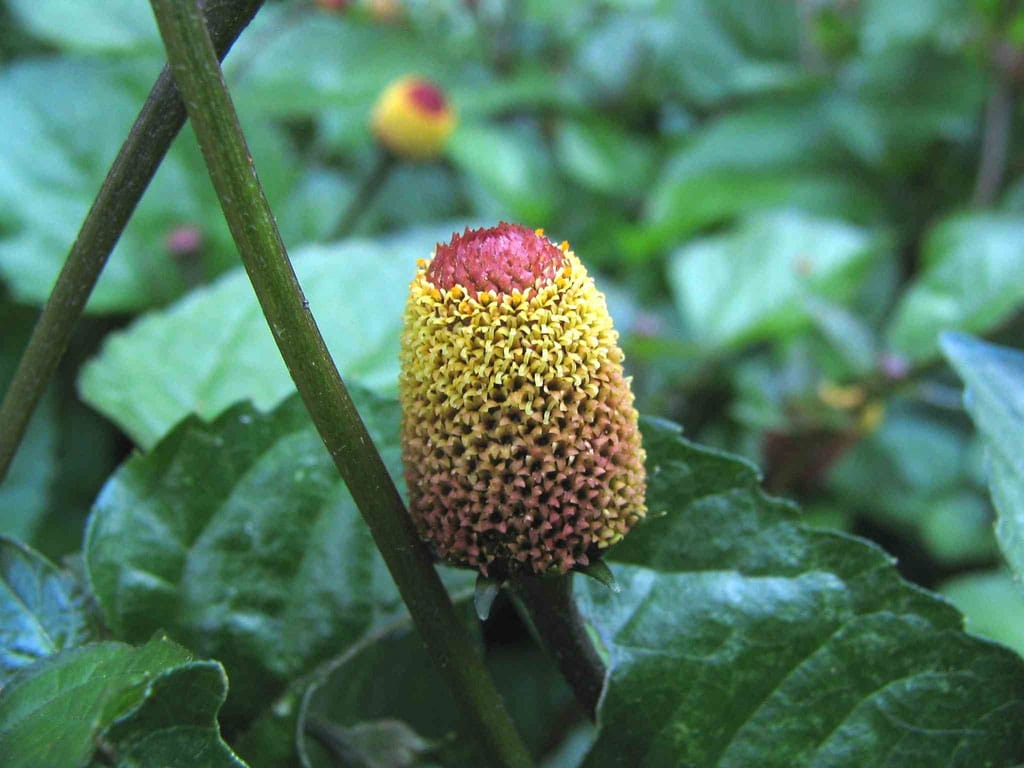Jambú-infused cachaça is bitter and a bit grassy, and newcomers to the drink often grimace at first taste. But seconds later something happens: the liquor’s harshness gives way to a gentle tingling, then numbness, first on the tip of the tongue, then to the lips and the back of the throat. Next, the mouth salivates, pulses, and other foods and drinks take on new flavors: a cheap beer suddenly tastes like champagne. The second quaff is often taken much more eagerly than the first.
Jambú, or acmella oleracea, is a flowering herb found throughout the Amazon and other warm, humid climates. Also known as paracress, in Brazil it’s best known for its role in tacacá, a traditional soup from northern Brazil that blends the sour taste of tucupí (a yellow manioc-based broth) with shrimp and the gentle bite of the jambú leaves. Indigenous Brazilians have been cooking with it and using it for medicinal purposes for centuries.
But in recent years, as Brazilian chefs, led by the likes of of Alex Atalá of São Paulo’s D.O.M. and Natacha Fink of Rio’s Espírito Santa have brought Amazonian ingredients to the mainstream, jambú is being put to new uses. At Espírito Santa, bartenders muddle jambú leaves with strawberries for the house caipirinhas, and cooks use the herb in plates like charutos de pato ao tucupi (deep-fried duck spring rolls) and the descansadinho, a filet of fish served over leeks mixed with jambú.
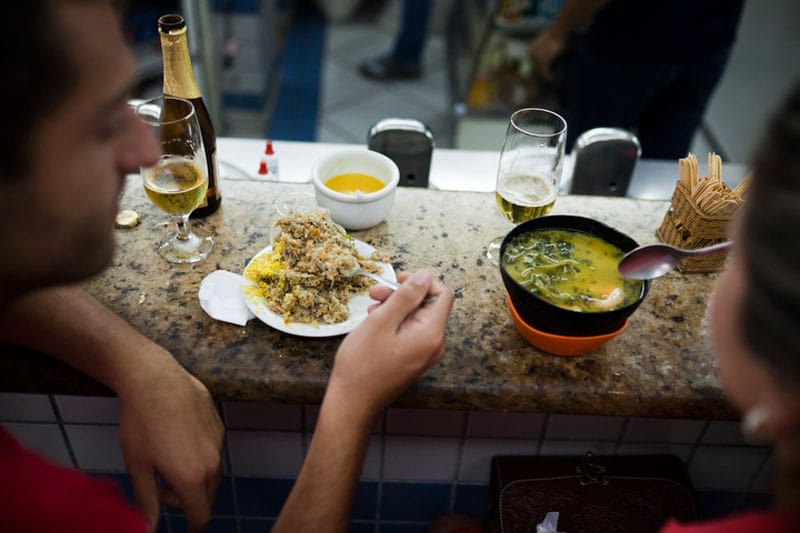
“Jambú opens the taste buds,” says Fink, who grew up in Manaus and opened Espírito Santa in 2005. “Chewing it transports you to the Amazon – it tastes like the forest. And the sensation is fun and stimulating, which is what gastronomy should be.”
She says the plant doesn’t grow well in Rio and wilts quickly, so she flies in frozen leaves each week. At Fink’s suggestion, we tried a few thawed leaves. They looked like spinach and had a tinny taste that was much milder than that of the infused cachaça.
Like most herbs, jambú is well preserved in alcohol. Leodoro Porto, a bar owner in Belém, uses extract from the jambú flower, which is much more potent than the leaf and infuses alcohol with it. He patented the drink in 2011 and today sells roughly 2,000 liters a month. He says he’s hoping to begin exporting the drink to markets in North America and Europe later this year.
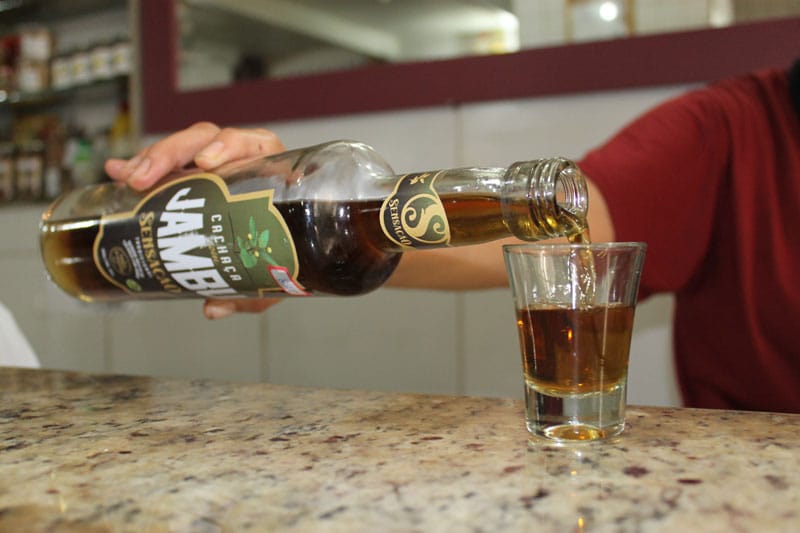
Scientists say its tingly property comes from the spilanthol compound, which is a local anesthetic. It’s gained some fame as the active ingredient in Biotlin, what some celebrities refer to as “organic Botox” (Kim Kardashian bought the rights to the product in 2015). Traditionally, however, the extract has been used to treat maladies ranging from toothaches and fever.
In case you’re looking for an excuse to pour a second shot.
Editor’s note: Our recurring feature, Building Blocks, focuses on foods and ingredients that are fundamental to the cuisines we write about.
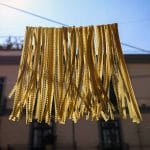 April 12, 2021 Building Blocks
April 12, 2021 Building Blocks
In the early 18th century, before there was the Spinning Jenny, the Cotton Gin and the […] Posted in Naples April 7, 2021 Sping (Food) Break 2021
April 7, 2021 Sping (Food) Break 2021
There is a day in February when we raise our noses to the sky like dogs and catch the […] Posted in Tbilisi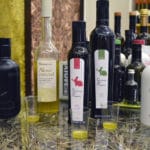 October 19, 2020 Building Blocks
October 19, 2020 Building Blocks
Spain, Italy, Greece, Turkey, Portugal, Morocco, Tunisia – one thing that unites this […] Posted in Barcelona
Danielle RenwickDanielle Renwick and Lianne Milton
Published on March 14, 2017
Related stories
April 12, 2021
Naples | By Kristin Melia
NaplesIn the early 18th century, before there was the Spinning Jenny, the Cotton Gin and the steam engine, a new machine was making waves in Gragnano, the grain capital of the Kingdom of Two Sicilies. It was the torchio, the pasta extruder. And it would radically and permanently change the diet of Italy. Just beyond…
April 7, 2021
TbilisiThere is a day in February when we raise our noses to the sky like dogs and catch the first teasing wisps of spring. Our eyes widen, we nod and chime with giddy grins, “It’s coming.” Then the weather turns with a cold snap or even snow and we forget all about spring until one…
October 19, 2020
BarcelonaSpain, Italy, Greece, Turkey, Portugal, Morocco, Tunisia – one thing that unites this swathe of the Mediterranean is olive oil, whose use in the Fertile Crescent can be traced back to 6000 B.C.E. Olives arrived in the southern part of the Iberian Peninsula around 9th century B.C.E. with the Phoenicians. Ancient Rome saw huge quantities…







































